The Stonewall National Monument in New York City stands as a testament to one of the most pivotal moments in the fight for LGBTQ+ rights: the 1969 Stonewall Uprising. This historic event, often credited with sparking the modern gay rights movement, was led by courageous activists, many of whom were transgender women of color, such as Marsha P. Johnson and Sylvia Rivera, alongside lesbian, gay, bisexual, and queer individuals. However, recent changes to the official website of the Stonewall National Monument, managed by the National Park Service (NPS), have raised alarms among activists and historians. Under the administration of President Donald Trump, references to bisexual and transgender individuals have been systematically reduced or removed, prompting accusations of deliberate erasure of vital aspects of LGBTQ+ history. This article explores these changes, their broader implications, and the historical and cultural significance of the Stonewall Uprising, while contextualizing the ongoing struggle for inclusive representation.
The Stonewall Uprising: A Turning Point in LGBTQ+ History
The Stonewall Uprising, which began in the early hours of June 28, 1969, at the Stonewall Inn in New York City’s Greenwich Village, marked a seismic shift in the fight for LGBTQ+ rights. The Stonewall Inn, a popular gathering place for gay, lesbian, bisexual, transgender, and queer individuals, was one of the few spaces in the 1960s where marginalized communities could socialize openly, albeit under constant threat of police raids. At the time, laws in New York criminalized same-sex behavior, and establishments serving LGBTQ+ patrons were frequently targeted by law enforcement.
The uprising was sparked when police raided the Stonewall Inn, leading to a spontaneous and fierce resistance from patrons who refused to comply with arrests and harassment. Over several nights, protests and clashes with police drew hundreds of participants, including a diverse coalition of activists. Transgender women of color, such as Marsha P. Johnson, Sylvia Rivera, and Miss Major Griffin-Gracy, played central roles in galvanizing the crowd and sustaining the momentum of the protests. Bisexual individuals, drag queens, and other queer folks also contributed significantly, making the uprising a collective effort that transcended singular identities.
The Stonewall Uprising is widely regarded as a catalyst for the modern LGBTQ+ rights movement. Within a year, the first gay pride marches were organized in New York, Chicago, and Los Angeles, and advocacy groups like the Gay Liberation Front (GLF) and the Gay Activists Alliance (GAA) emerged, pushing for systemic change. The uprising’s legacy is commemorated annually during Pride Month, and in 2016, President Barack Obama designated the Stonewall Inn and its surrounding area as a National Monument, recognizing its historical significance.
Historical Context: The Pre-Stonewall Era
To fully appreciate the significance of the Stonewall Uprising, it’s essential to understand the oppressive climate of the 1960s. Homosexuality was classified as a mental disorder by the American Psychiatric Association until 1973, and sodomy laws criminalized same-sex relationships in many states. Transgender individuals faced additional barriers, as cross-dressing was often illegal, and access to gender-affirming care was severely limited. Bisexual individuals, meanwhile, were frequently misunderstood or dismissed, even within the broader queer community, as their identities were often seen as indecisive or illegitimate.
Despite these challenges, underground communities thrived in urban centers like New York City. Bars like the Stonewall Inn, though often mafia-run and subject to police corruption, provided a rare space for self-expression. These venues were not just social hubs but also political incubators, where discussions about resistance and liberation took root. The diverse identities present at Stonewall—gay, lesbian, bisexual, transgender, and queer—reflected the intersectional nature of the struggle, a fact that makes the recent website changes all the more concerning.
Changes to the Stonewall National Monument Website
In recent years, the official website for the Stonewall National Monument, maintained by the National Park Service, has undergone significant revisions that have sparked outrage among LGBTQ+ advocates. According to archived versions of the site accessed through the Internet Archive’s Wayback Machine, the term “LGBTQ+” was initially replaced with “LGB,” effectively omitting references to transgender and queer identities. More recently, as reported by independent journalist Erin Reed in April, the website removed the acronym altogether, describing the Stonewall Uprising as an event involving only “lesbian and gay” individuals. This revision reduced mentions of bisexual people from eight to just two across the entire site.
These changes are part of a broader pattern of content removal from federal websites. In February, the National Park Service, following executive orders from the Trump administration targeting diversity, equity, and inclusion (DEI) initiatives, removed references to transgender individuals from the Stonewall website. These actions align with a reported purge of over 8,000 pages from government websites, including critical resources on HIV prevention, statistics on homophobic and transphobic violence, and other LGBTQ+-related content, as noted by Democracy Now.
Despite these textual erasures, the website’s “Education” section continues to feature prominent images of bisexual and transgender activists, such as Marsha P. Johnson and Sylvia Rivera, who were instrumental in the uprising. This contradiction—celebrating these figures visually while minimizing their identities in text—has been described as a superficial attempt to maintain inclusivity without acknowledging the full scope of their contributions.
The Role of Marsha P. Johnson and Sylvia Rivera
Marsha P. Johnson, a Black transgender woman and self-identified drag queen, is one of the most iconic figures associated with Stonewall. Known for her vibrant personality and unwavering activism, Johnson was a founding member of the Gay Liberation Front and later co-founded the Street Transvestite Action Revolutionaries (STAR) with Sylvia Rivera. STAR provided housing and support for homeless transgender youth, particularly those of color, addressing the intersecting issues of poverty, racism, and transphobia.
Sylvia Rivera, a Latina transgender woman, was equally instrumental in the uprising. Her fierce advocacy extended beyond Stonewall, as she fought for the inclusion of transgender and low-income queer individuals in the broader gay rights movement, which often prioritized the concerns of white, middle-class gay men. Both Johnson and Rivera’s bisexual and transgender identities were central to their activism, challenging the narrative that the uprising was solely a “lesbian and gay” event.
“Marsha and Sylvia were not just at Stonewall; they were the heartbeat of the resistance,” says historian Susan Stryker, a leading scholar on transgender history. “To erase their identities from the narrative is to rewrite history in a way that dishonors their legacy and the diversity of the movement they helped ignite.”
The Broader Campaign of Erasure
The changes to the Stonewall National Monument website are not isolated incidents but part of a broader campaign to remove LGBTQ+ resources from federal platforms. The Trump administration’s executive orders targeting DEI programs have led to the scrubbing of information on HIV/AIDS, gender-affirming care, and violence against LGBTQ+ communities from websites managed by agencies like the Centers for Disease Control and Prevention (CDC) and the State Department. These actions reflect a concerted effort to diminish the visibility of marginalized groups, particularly transgender and bisexual individuals, who have historically faced exclusion even within queer spaces.
GLAAD, a leading LGBTQ+ advocacy organization, has condemned these changes as “blatant attempts” to “discriminate against and erase the legacies of transgender and queer Americans.” The organization’s spokesperson emphasized the disproportionate impact on transgender women of color, who have been central to the fight for queer liberation yet are frequently sidelined in historical narratives.
“This blatant act of erasure not only distorts the truth of our history, but it also dishonors the immense contributions of transgender individuals – especially transgender women of colour,”a GLAAD spokesperson stated.
The removal of bisexual and transgender references also raises questions about the administration’s broader cultural agenda. Critics argue that these changes align with a conservative push to promote a narrow, heteronormative view of history, often framed through a “Christo-fascist” lens, as described by activist Tanya Asapansa-Johnson Walker during a protest at the Stonewall National Monument. Walker’s remarks underscore the resilience of the queer community in the face of systemic marginalization: “We’re here to stay and we will not be erased by a Christo-fascist, neo-Nazi administration.”
Community Response and Activism
The modifications to the Stonewall website have galvanized activists and community members. In March, a petition urging the government to reverse these changes garnered over 47,000 signatures, reflecting widespread public discontent. LGBTQ+ New Yorkers also organized a march to the Stonewall National Monument, where they displayed Pride flags and reaffirmed their commitment to preserving an inclusive historical record.
Tanya Asapansa-Johnson Walker, a prominent transgender activist, spoke passionately at the protest, emphasizing the enduring presence of trans and queer individuals: “Trans and queer people have been here since the beginning of time.” Her words echo a broader sentiment within the community: that attempts to erase marginalized identities will be met with resistance and solidarity.
The outcry over the website changes highlights the importance of accurate historical representation. For many, the Stonewall Uprising is not just a historical event but a living symbol of resistance and resilience. By altering the narrative to exclude bisexual and transgender contributions, the National Park Service risks undermining the very legacy the monument is meant to honor.
Cultural and Musical Context: The Role of Art in Resistance
The Stonewall Uprising occurred during a period of cultural upheaval in the United States, with the civil rights movement, feminist activism, and anti-war protests shaping the social landscape. Music played a significant role in these movements, serving as a medium for expression and solidarity. In the context of Stonewall, music was a vital part of the queer community’s identity, with bars like the Stonewall Inn hosting performances by drag queens and musicians who used art to challenge societal norms.
The 1960s saw the rise of countercultural music, from folk anthems like Bob Dylan’s “Blowin’ in the Wind” to the soulful protest songs of Nina Simone. Within queer spaces, music provided a way to reclaim visibility and assert identity. Performers like Judy Garland, whose death just days before the Stonewall Uprising is often cited as a galvanizing factor for the riots, held a special place in the hearts of the gay community. Garland’s performances, imbued with vulnerability and defiance, resonated with those who faced daily discrimination.
In the decades since Stonewall, music has continued to play a central role in LGBTQ+ activism. Artists like David Bowie, who openly embraced bisexuality, and contemporary figures like Bad Bunny, who challenges gender norms through fashion and performance, have carried forward the spirit of resistance. Bad Bunny, a Puerto Rican reggaeton star, has become a cultural icon for his unapologetic embrace of fluid gender expression, often wearing skirts or nail polish in defiance of traditional masculinity. His music, blending Latin trap and reggaeton, speaks to a new generation of queer and Latinx individuals, many of whom see parallels between their struggles and those of the Stonewall era.
“Music has always been a way for us to tell our stories when the world tries to silence us,” says queer musicologist Nadine Hubbs. “From the jukebox at the Stonewall Inn to Bad Bunny’s global stage, art gives us a voice to resist erasure.”
The Importance of Inclusive Historical Narratives
The erasure of bisexual and transgender identities from the Stonewall National Monument website is not merely a bureaucratic oversight but a deliberate act with far-reaching consequences. Historical narratives shape public understanding and policy, influencing everything from education to civil rights protections. By minimizing the contributions of bisexual and transgender individuals, the revised website perpetuates a sanitized version of history that excludes the diversity of the Stonewall Uprising.
Inclusive representation matters because it acknowledges the full spectrum of identities that have fought for equality. Bisexual individuals, for example, have long faced erasure within both straight and queer communities, often being told their identities are “just a phase” or “not real.” Similarly, transgender individuals, particularly those of color, have been marginalized within the broader LGBTQ+ movement, despite their outsized contributions to its early victories.
The Stonewall Uprising was a moment of collective resistance, driven by the courage of individuals who refused to be silenced. To erase their identities from the official record is to diminish the radical inclusivity that defined the event. As historian Martin Duberman notes in his seminal book *Stonewall*, “The uprising was a chaotic, messy, beautiful coalition of people who didn’t fit neatly into any one category. That’s what made it so powerful.”
The Path Forward: Preserving and Restoring History
Restoring the full history of the Stonewall Uprising requires a multifaceted approach. First, the National Park Service must reverse the website changes and ensure that all identities involved in the uprising are accurately represented. This includes reinstating references to bisexual, transgender, and queer individuals and providing detailed accounts of their contributions.
Second, educational initiatives should be expanded to teach the public about the intersectional nature of the Stonewall Uprising. Museums, schools, and community organizations can play a role in highlighting the stories of figures like Marsha P. Johnson, Sylvia Rivera, and others whose identities have been sidelined. Oral history projects, such as those conducted by the NYC Trans Oral History Project, can preserve firsthand accounts from survivors of the era.
Finally, the broader LGBTQ+ community must continue to advocate for visibility and inclusion. This includes supporting bisexual and transgender organizations, amplifying their voices in media and policy discussions, and challenging narratives that prioritize certain identities over others. The fight for accurate representation is inseparable from the fight for equality, as both are rooted in the recognition of every individual’s humanity.
Conclusion: Honoring the Legacy of Stonewall
The Stonewall National Monument stands as a powerful symbol of resistance, resilience, and the fight for liberation. Its legacy is not just about the events of June 1969 but about the ongoing struggle to ensure that all voices—gay, lesbian, bisexual, transgender, queer, and beyond—are heard and honored. The recent changes to the monument’s website represent a troubling attempt to rewrite history, erasing the contributions of bisexual and transgender individuals who were at the forefront of the uprising.
Yet, as the protests, petitions, and activism demonstrate, the queer community remains steadfast in its commitment to preserving the truth. The spirit of Stonewall lives on in the voices of those who refuse to be silenced, from the activists who marched in 1969 to those who continue to fight for justice today. By reclaiming the full history of Stonewall, we honor not only the past but also the future—a future where no one’s identity is erased.

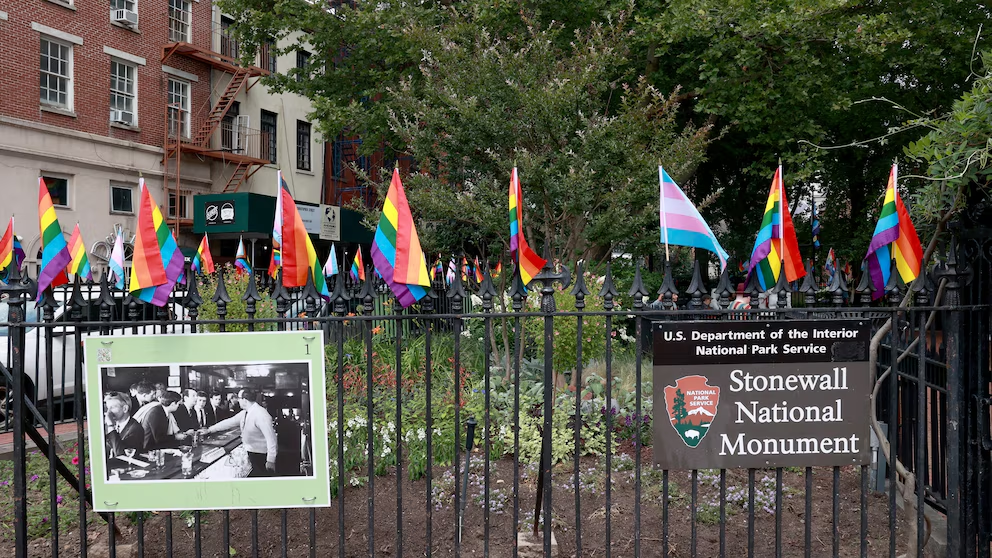

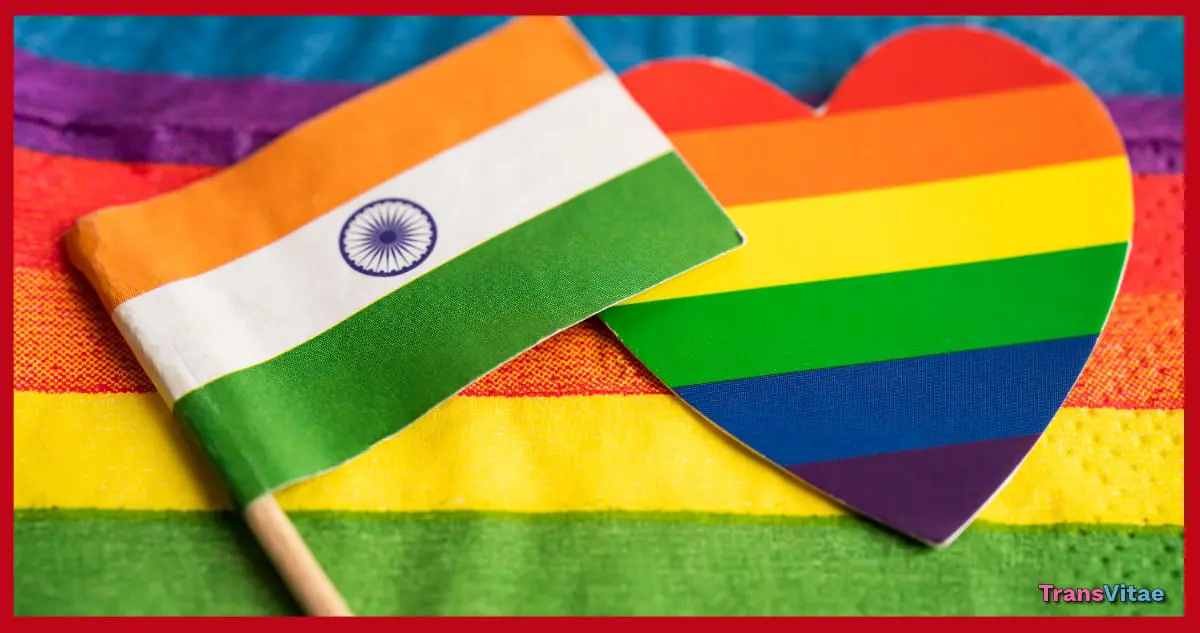





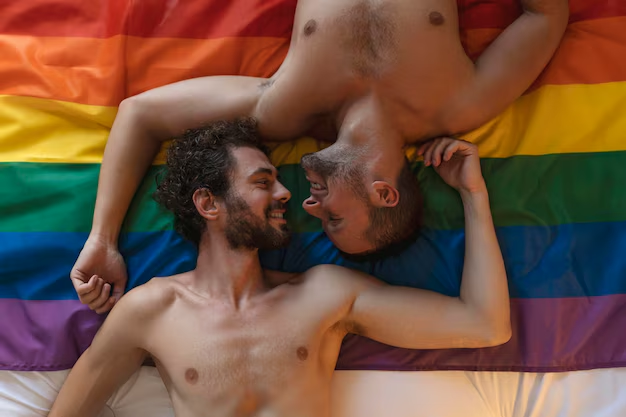



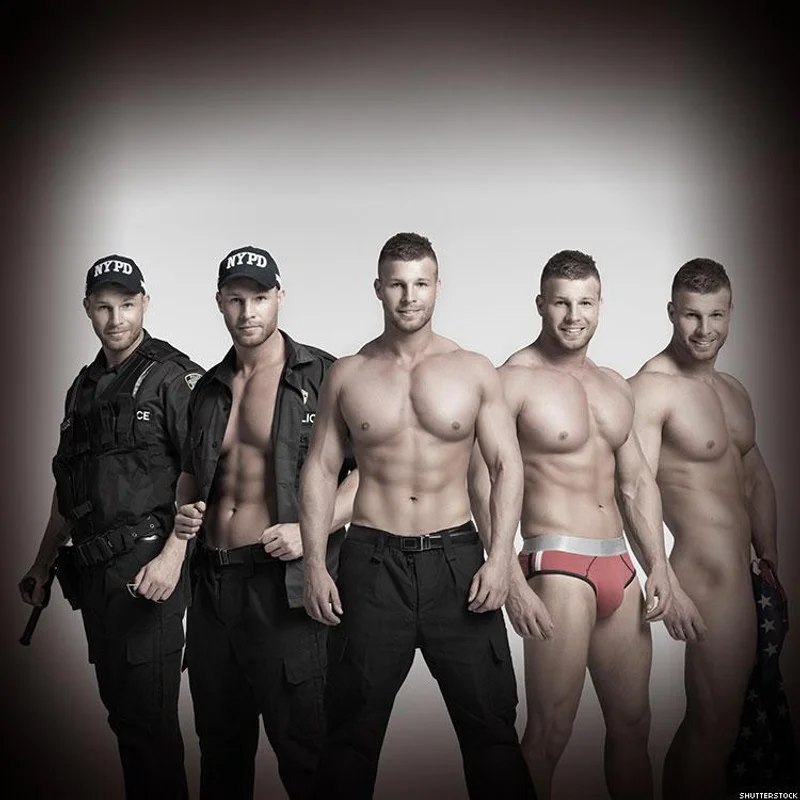

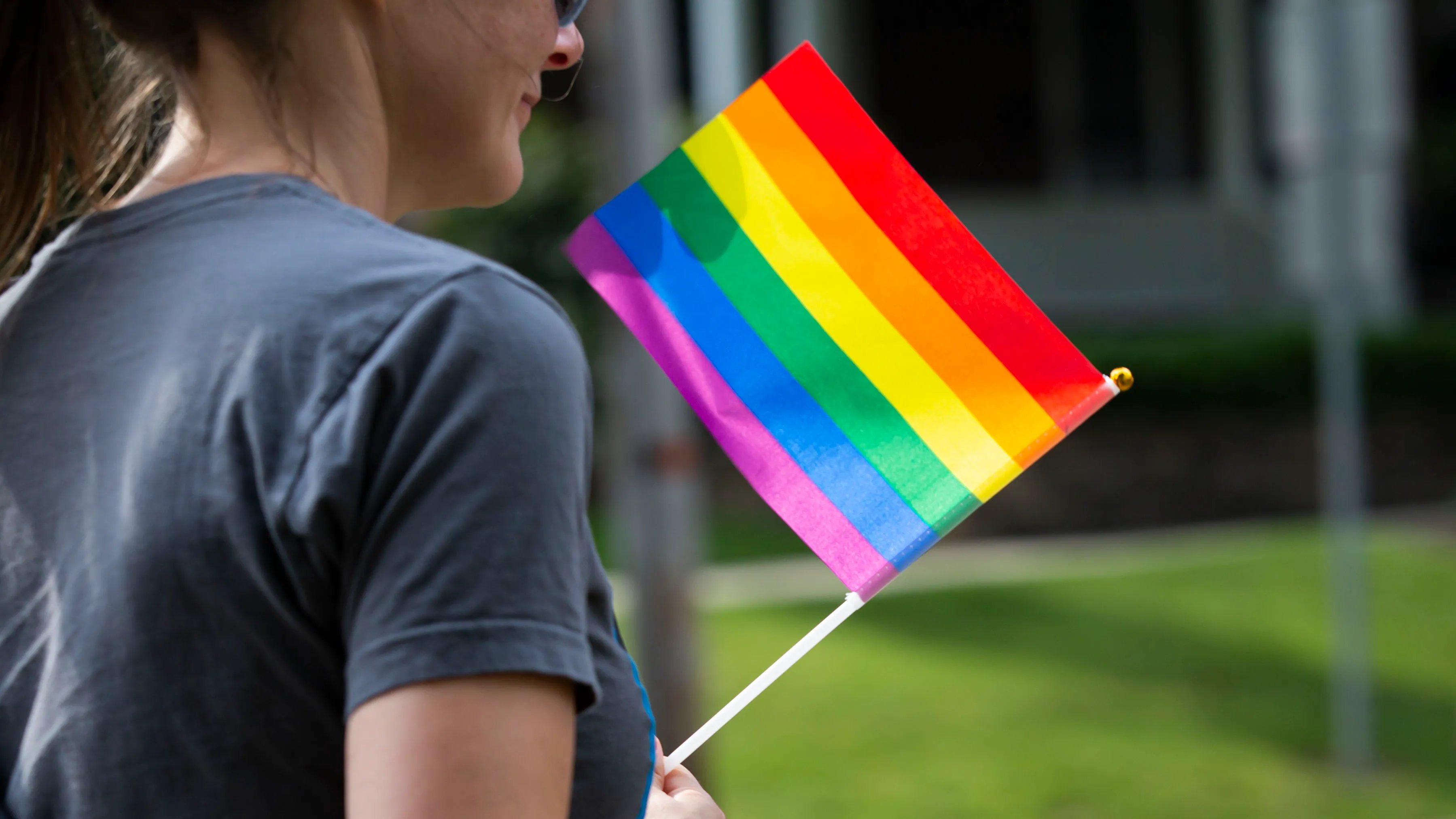
0 Comments